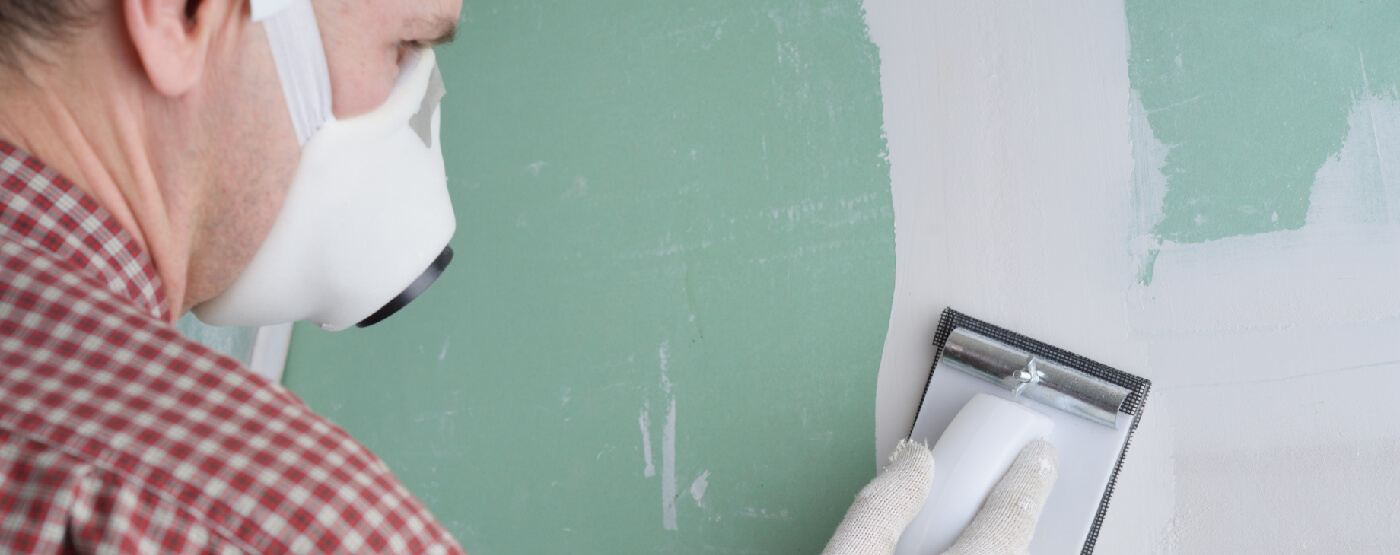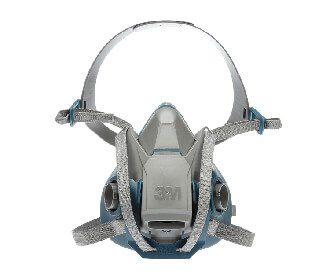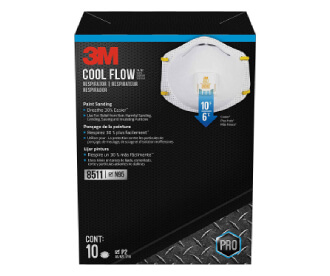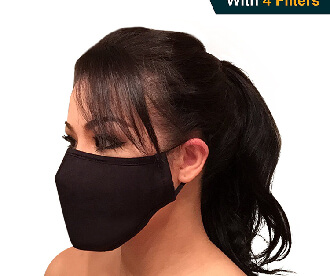There are a number of things that need to be taken into consideration when selecting a respiratory mask and ensuring it has a good fit. Some workers have to wear glasses, goggles, headphones, ear plugs, or other pieces of equipment in order to do their job. If this is the case, al these items must be worn each and every time the respirator is used as well. A worker cannot remove safety goggles if they are required in order to make the mask fit properly. The employer is responsible for ensuring all pieces of safety equipment are worn properly while the respirator is being worn, and they are also responsible for making sure you are tested and checked and refitted as required by law.
“You must be fit tested before you use a respirator in the workplace, and you must be retested at least every 12 months to make sure that the respirator you use still fits you. You must be fit tested with the specific make, model, style, and size of respirator that you will be using. Not everyone can get a good fit with one specific respirator. If the respirator fails the fit test, then another make, model, style, or size must be tried until one is found that fits you properly. Therefore, your employer needs to provide you with a reasonable selection of sizes and models to choose from. When you’ve completed the fit testing process, it’s very important that you know which make, model, style, and size respirator fits your face properly, and when and where you’ll need to wear it for protection” (OSHA).
It is also important to have your mask rechecked and do a refit test any time you have a major change in your physical condition that could affect the function and fit of your respirator. Such changes could include:
- Drastic and sudden weight gain or loss
- Big dental work such as new dentures or fixing crooked teeth
- Surgery affecting the face, neck, ears, or head
- Significant scarring of the face in the area where the seal forms
Any of these changes could affect the ability of your respirator to properly seal to your face, which could allow contaminated air to leak into your respirator facepiece. If it is found that your current respirator now no longer fits right and doesn’t protect you as it should, your employer will have to get a new ask of a different make or model or brand and ensure that it fits you properly.
It is also important to note that things like hair and facial hair can have a huge impact on how well a respirator mask will fit. Thick beards and mustaches can cause the seal to break and allow contaminated air to get into the mask. Your hair can also come into play. If you wear a ponytail it may affect how the mask sits on your face and how well the straps hold it in place. Log thick hair can get trapped between your skin and the mask and cause small gaps that allow air to leak in. it is important to consider these factors as well when you are being fitted and tested- wear your hair the same every time you put on your mask and keep your facial hair in check as well.
Who Supplies the Necessary Respirator?
“Sometimes workers own their own respirators and bring them to a job where respiratory protection is required. If your employer allows you to use your own personal respirator for protection, then your employer still has to comply with all of the requirements of the OSHA standard” (OSHA). For example, your employer is still required to ensure that:
- your respirator will do a good enough job protecting you for the task at hand
- your respirator has been properly cleaned and maintained and is in good working order
- the proper schedule of maintenance is followed closely.
- that all safety precautions are followed each time the mask is worn
- that you are properly trained to use the respirator mask in a safe and effective manner
It is important to remember that while your employer can let you use your own respirator, they by law cannot require you to use your own respirator and must supply one for you to use if you request or if you have no respirator to use.
A respirator must be worn any time work is to be done in a hazardous area. If you are unsure about whether or not an area is deemed safe to enter without a respirator, talk to your supervisor before entering. Also if you are ever unsure of the safety protocols or the process of using and testing your respirator before entering a hazardous work area, talk to your supervisor and have them assist you. For more information about respirator use in your workplace, you can check online for OSHA’s respiratory protection standard, additional respirator training videos, and other guideance material to help you work safely with your respirator mask!





